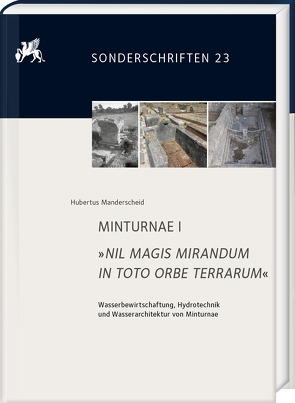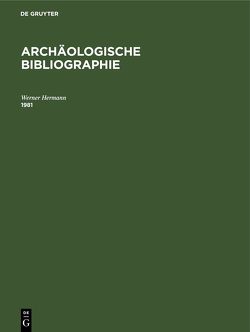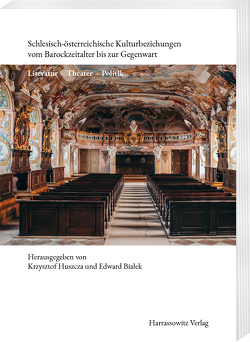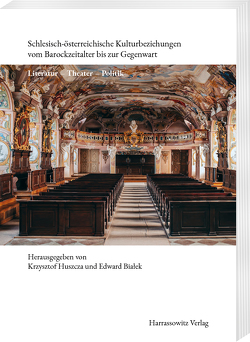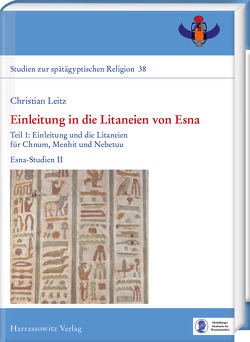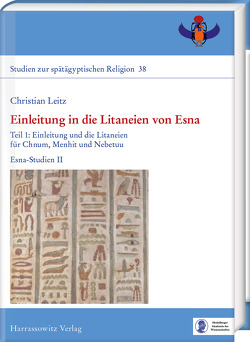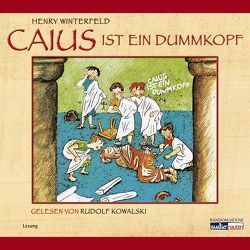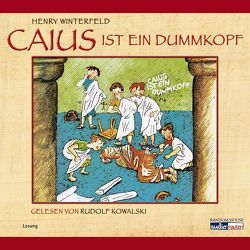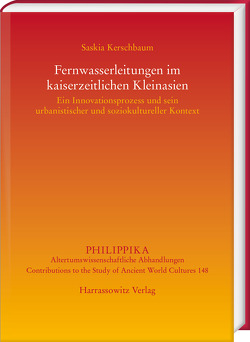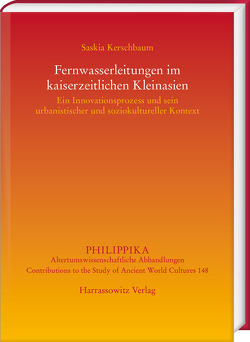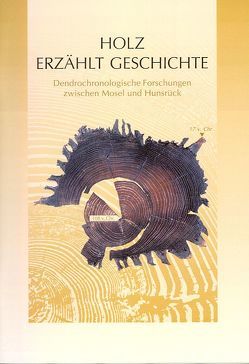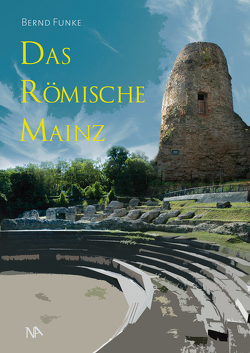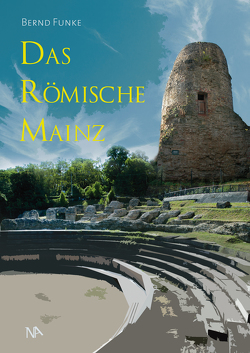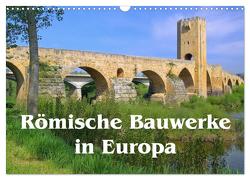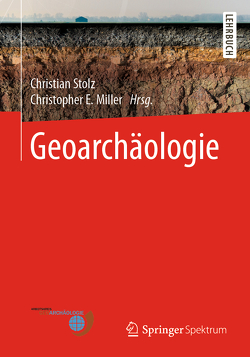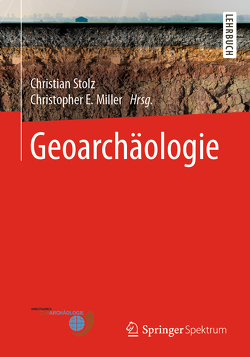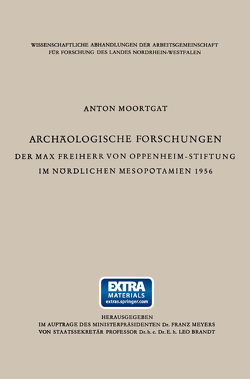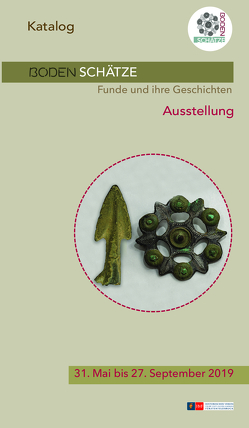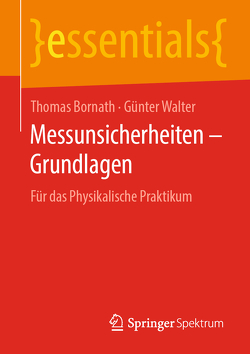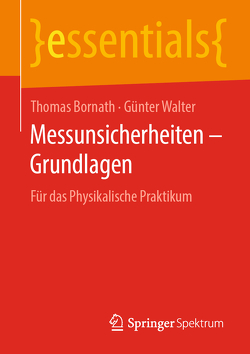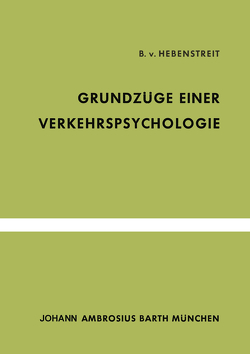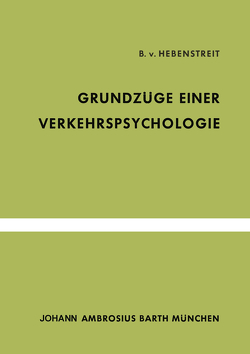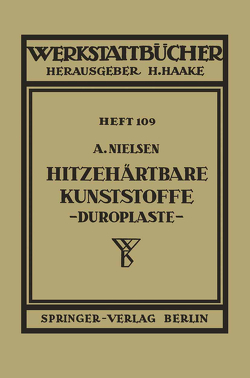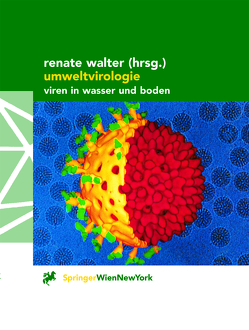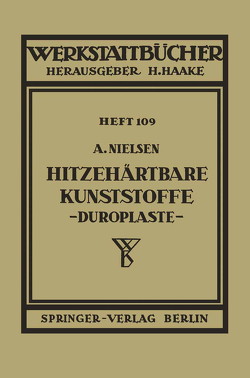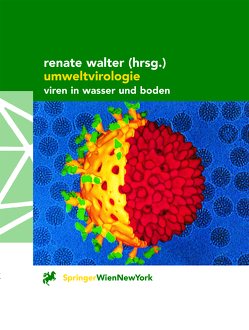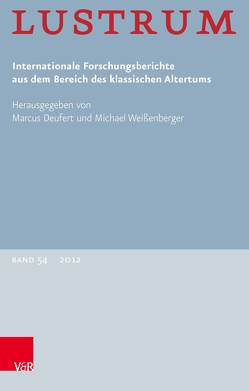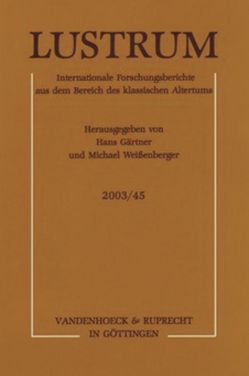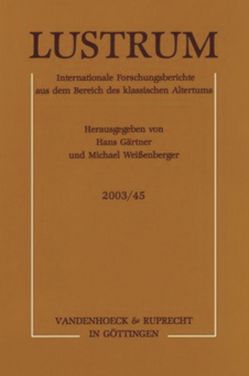MINTURNAE I. »NIL MAGIS MIRANDUM IN TOTO ORBE TERRARUM«
Wasserbewirtschaftung, Hydrotechnik und Wasserarchitektur von Minturnae
Hubertus Manderscheid
Der erste Band der von Henner von Hesberg ins Leben gerufenen Reihe behandelt einen fundamentalen Aspekt antiken Lebens in einer mittelitalischen Kleinstadt von der Republik bis in die Spätantike: die Wasserbewirtschaftung und Wasserarchitektur. Dabei sind alle Gesichtspunkte von der Versorgung über die Nutzung bis hin zur Entsorgung miteingeschlossen. Die Interdisziplinarität des beteiligten internationalen Teams aus Bauforschung, Vermessungswesen, Epigraphik, Althistorie, Naturwissenschaften sowie Speleoarchäologie stellt sicher, dass die vielen Facetten der Thematik nicht nur die rein archäologische Seite zum Gegenstand haben, sondern in einen umfangreicheren Rahmen gestellt werden.
Die Wasserversorgung erfolgte durch eine Fernleitung. Am Stadtrand war ein Verteilerbauwerk erhalten, von dem aus die Bezirke ihr Wasser erhielten. Ein sonst nur in der Vesuvregion nachgewiesenes innerstädtisches Distributionssystem wird durch den Wasserturm am repräsentiert. Von der Wassernutzung profitierten sowohl öffentliche Bauten (Thermen, Laufbrunnen, Nymphäen, Theater, Amphitheater, , Latrinen etc.) als auch der private Sektor der mit ihren verschiedenen Abnehmern. Die Wasserentsorgung umfasste alle Aspekte von der Ableitung von Schmutz- und Regenwasser aus den einzelnen Bauten über die Straßenkanalisation bis hin zur Einleitung in den Liris. Ohne Zweifel birgt das nur zu ca. einem Sechstel seiner Fläche ausgegrabene Minturnae weitere themenrelevante Komponenten im Boden, über die sich in Analogie insbesondere zu den Vesuvstädten und Ostia Aussagen machen lassen, etwa über weitere öffentliche Bäder, Nymphäen, Latrinen sowie , inklusive des Stadtviertels auf der anderen Flussseite.
The first volume of the journal founded by Henner von Hesberg ›Minturnae‹ treats a fundamental element of ancient life in a small city in central Italy from the Republic to late antiquity: water management and water architecture. These encompass all aspects from supply and use to disposal. The interdisciplinarity of the international team with the inclusion of building archaeology, surveying, epigraphy, ancient history, natural sciences and speleo-archaeology ensures that the many facets of the subject are not dealt with solely from the archaeological side, but are placed in a broader framework.
Water supply was effected by an aqueduct. Preserved at the edge of the city is a distribution building from which the various districts received their water. An intra-urban distribution system, otherwise attested only in the Vesuvius region, is represented by the water tower on the decumanus. Water use concerns public buildings (thermal baths, fountains, nymphaea, theatre, amphitheatre, macellum, latrines etc.) as well as the private sector of the domus with its different consumers. Water disposal involves all aspects of the movement of sewage and rainwater from the buildings through the street sewer system until its discharge into the river Liris.
As only about one sixth of the area of Minturnae has been excavated, other elements relevant to the subject are no doubt present in the ground at the site. Inferences can be made about them by analogy to the Vesuvian cities and Ostia in particular, for instance other public baths, nymphaea, latrines and the domus, including the city district on the other side of the river.
At Minturnae, as elsewhere, construction of the aqueduct gradually led to a boom in water architecture, as it is running water that makes certain facilities possible in the first place. These amenities serve the ›embellishment‹ of the city and are an expression of a long-lasting phase of prosperity. The architectural waterworks with their high technical standard thus contributed among other things to an intensified experience of life.
